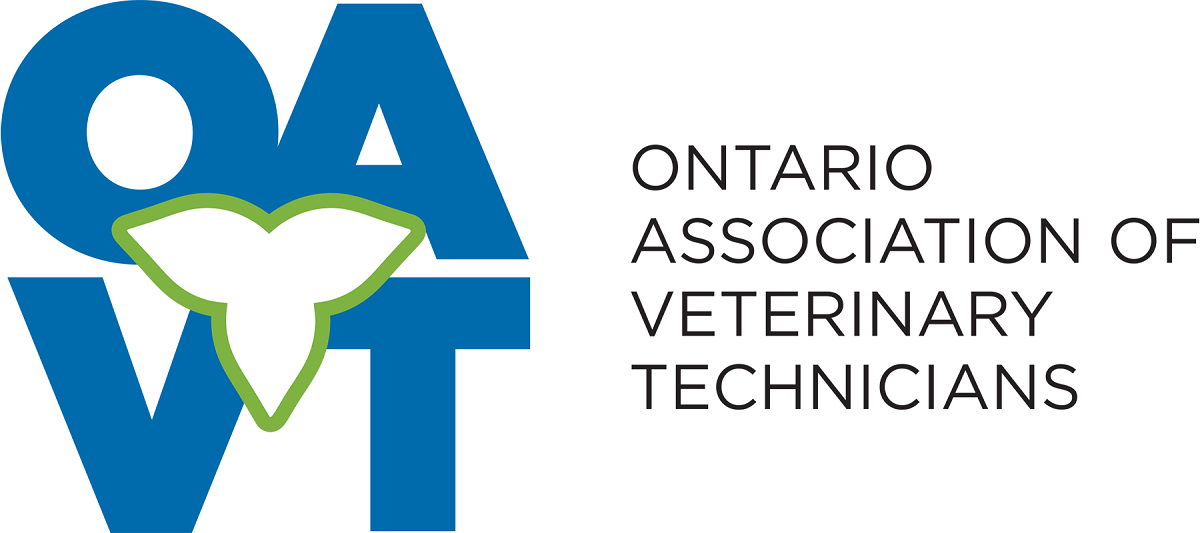Ashley Jenner BSc., RVT, VTS(DI)
Where did you go to school and what made you decide to take a Veterinary Technology program?
University of Toronto and Seneca College. I started working as an animal care attendant while in high school, and part time throughout university. I loved the people, and the general practice clinic that I worked at. After university I was still unsure of what path I wanted to go down, and my boss at the time said he would hire me if I went through school. I did that, and never ended up leaving! The general practice clinic turned into an emergency and referral clinic which has grown immensely in the last 10 years.
What is your current job(s)? When did you start it? What services do you offer?
Diagnostic Imaging technician at Toronto Veterinary Emergency Clinic. The imaging services offer Ultrasound, CT, MRI, Fluoroscopy, Digital Xray and related procedures such as Ultrasound/CT guided biopsies.
What is a typical day like for you at work?
A typical day consists of performing 3-6 CT’s, 1-2 MRI’s and organizing/monitoring up to 20 ultrasounds/procedures per day.
What is your favourite part about your job?
I love the variety and the challenge of obtaining the best quality diagnostic images.
What is the hardest part about your job?
A lot of the time when we image a patient we are looking for bad news.
How has being an RVT helped you in your role? Do you feel like you are using a lot of your RVT skills and training?
Many clinics that have CT/MRI hire human RT’s to perform their imaging. Being an RVT has helped as I can multitask and often perform the sedation or anesthesia related to the procedure, and have a better idea of anatomy and what is normal/abnormal and make changes to protocols based on that. It took a while to learn each modality, but I have attended many human and veterinary related courses on CT and MRI and of course on the job training from some great human RT’s.
What other jobs have you had in the RVT field?
I have also worked in patient care and internal medicine.
What made you want to pursue a VTS designation?
Diagnostic imaging was a specialty that was just in discussion when I joined the committee in 2015 to start the petition process with NAVTA proposing the new speciality. In 2018 the specialty was formally accepted, and VTS status was granted for committee members and applicants who have passed the exam in 2020. It was a challenge and a lot of work to organize a new VTS specialty but it has been extremely rewarding.
What was the most challenging part about achieving this designation?
The process of creating a specialty academy from scratch. New guidelines and regulations through NAVTA made the process a completely new venture unlike already recognized academies. Learning other methods of imaging that I have had less experience in (for example nuclear medicine and general large animal imaging) has been a challenge as it is not the easiest to gain real experience when modalities or location limit this.
How does it feel to be the first Canadian to receive their VTS in diagnostic Imaging?
It’s a great feeling of course! It will be even better when others join in!
COVID-19 has amplified stress in everyone’s lives. How has this impacted your role? And if so – what specific tools are you focusing on when helping individuals or teams through the stress of COVID-19?
Because of the type of hospital I work at and job I do (limited client interaction) it really has not affected me at work. I feel we are just as busy (if not more) than ever. I love the imaging team I work with, couldn’t ask for a better mentor from the radiologist, and of course the support from the other RVT’s and ACA’s who have been in the department over the past 10 years. The entire staff at TVEH is phenomenal and supportive and would have honestly missed it if we were not considered essential workers. I do look forward to seeing peoples full faces again though!
RVTs are passionate people, and every RVT has an area they are most passionate about (nutrition, research, spay/neuter, dog bite prevention, education, etc.). What is YOUR passion?
I still love teaching about hands-free methods of taking xrays. Running advanced imaging modalities is a fun challenge, but nothing beats getting diagnostic quality xrays using the safest techniques possible. Covid-19 has reduced in person training for this, but I have continued to do some online CE courses related to the hands-free topics.
